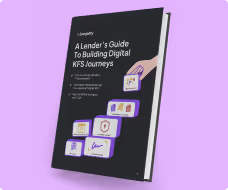2 Factor Authentication
%20-%20Flashcard%20(1).avif)
Key Resources:
About the Feature
A normal OTP verification is enough for most documents, but there are some cases - such as high-risk agreements or NDAs - where you want to be extra careful.
In such cases, you want to verify the signer's email and phone number - for extra security.
That’s where 2-Factor Authentication steps in.
With 2-Factor Authentication, the signer receives the eSigning link on both their email and phone. If the signer opens the link on their email, an OTP will be shared on their phone number and vice versa - for added verification.
Protect against internal data breaches
Similarly, internal users may use account sharing - or accidentally access unauthorised documents. This exposes sensitive information in your account to internal data breaches and fraud - which can cost customer trust.
With Leegality, you can implement 2-Factor Authentication for internal users too - so they cannot log into another user’s account. This also means that a user can only access documents that they are authorised to view, send, or execute.
With 2-Factor Authentication, document access will be automatically blocked if a user's mobile or email is not authenticated.
.avif)
- Credit Suisse
- IndusInd Bank
and many more
.avif)
- Ensure only the intended signer can view the document
- Eliminate unauthorised access to sensitive documents, even by mistake
- Guarantee internal data security by doubly securing your Leegality account
- High Risk Agreements & Contracts
- Non-Disclosure Agreements
- Legal Documents
- Executive Approvals











.avif)



.avif)
.avif)
.avif)